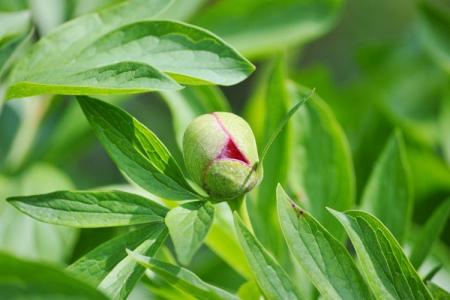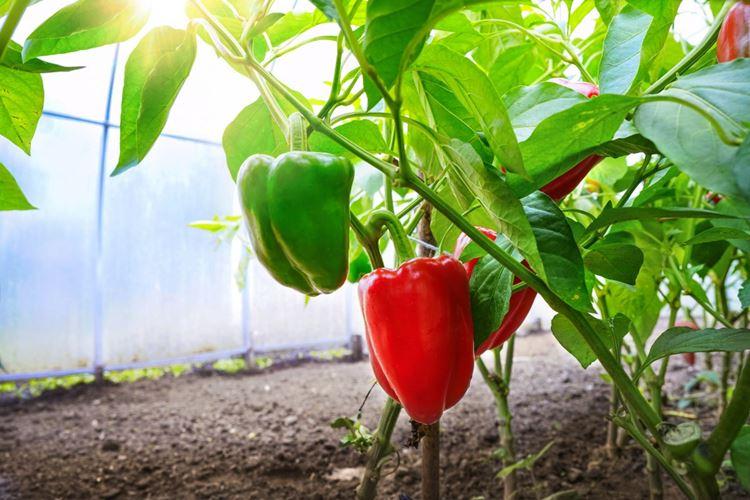
Pepper seedlings are quite capricious, so any violations of agricultural technology instantly affect its appearance. Adult plants also keep up with their much more unpretentious neighbors. But any problem can be easily corrected if it is identified in time. Therefore, we have already found out why the leaves of the pepper curl, and are ready to share information!
Main reasons
Most often, the problem is in violation of the conditions of detention: from temperature to feeding. True, sometimes the pepper is destroyed by pests or diseases. Let's analyze each situation in more detail!
Lack of moisture
Due to the lack of water, the pepper withers and withers, but this is usually easy to understand visually. Leaves not only curl, but also dry at the edges, because they have little moisture for development. When scheduling watering, be sure to take temperature and weather conditions into account.

Dry air
If it is too hot and the air is dry, the leaves will begin to curl up in a boat or spiral. In this case, we recommend lowering the temperature, placing several bowls of water and keeping the peppers away from heat sources.
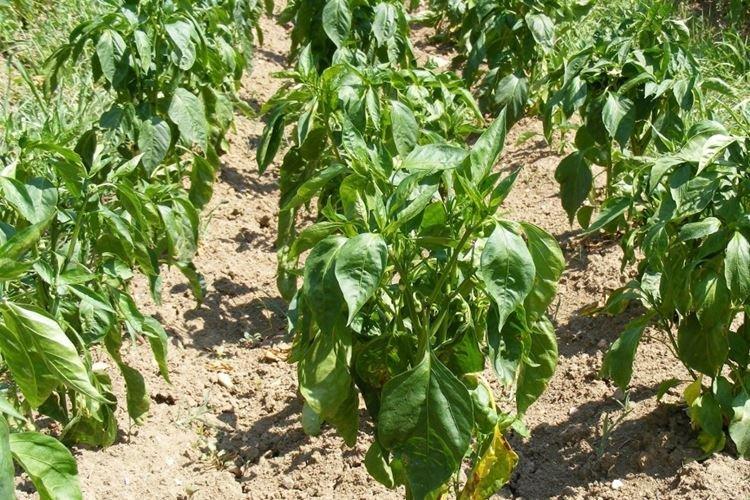
Excess moisture
If pepper is regularly poured, fungus begins to develop in the soil, and the roots rot. In this case, the leaves curl up, darken and seem to soften.
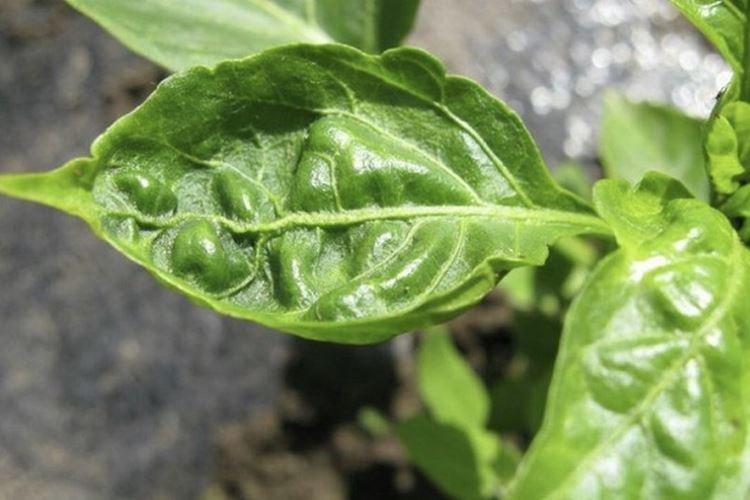
Unsuitable soil
Young seedlings and house peppers do not fit the usual summer cottage soil from the site. There are few nutrients, it is too dense, and the plant withers. The leaves curl, drop and seem to press against the stem. To rectify the situation, apply specialized fertilizers specifically for peppers.
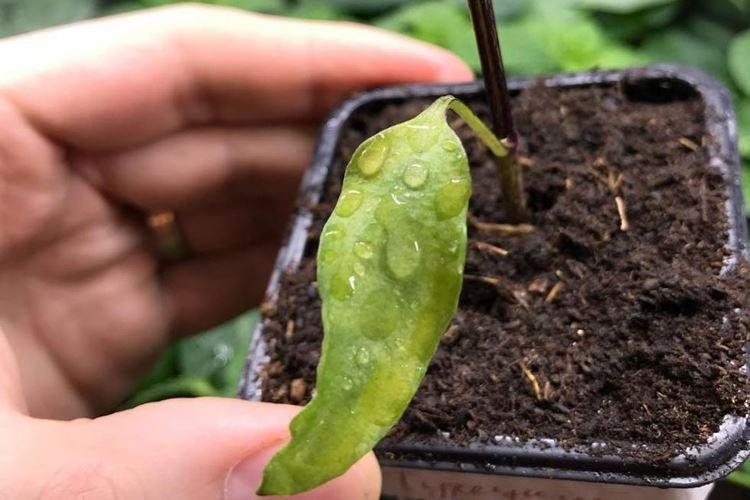
Untreated soil
If the soil is not etched with fungicides and insecticides before planting pepper, then fungi, larvae or weed seeds remain in it. All this in the future will affect the condition of the seedlings, so pre-sowing preparation is necessary.
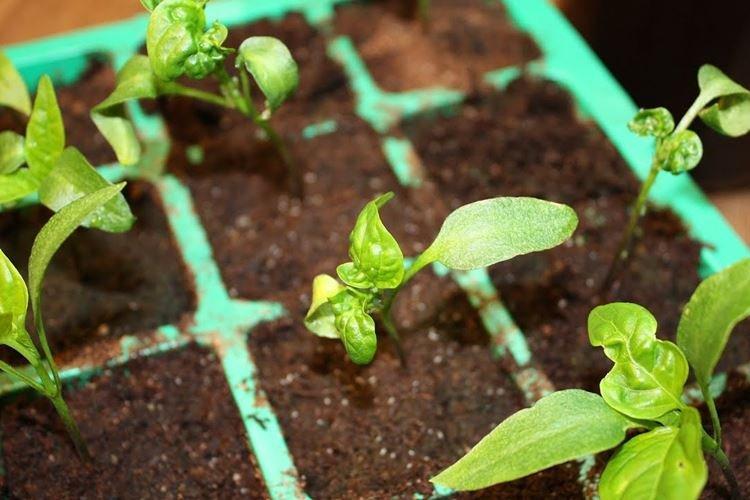
Lack of light
When, due to a lack of light, the leaves grow unevenly, the veins stretch out faster than the plate. Because of this, the young leaves are wrapped, but the old ones are in perfect order. The plant will recover when the sun is enough for it.
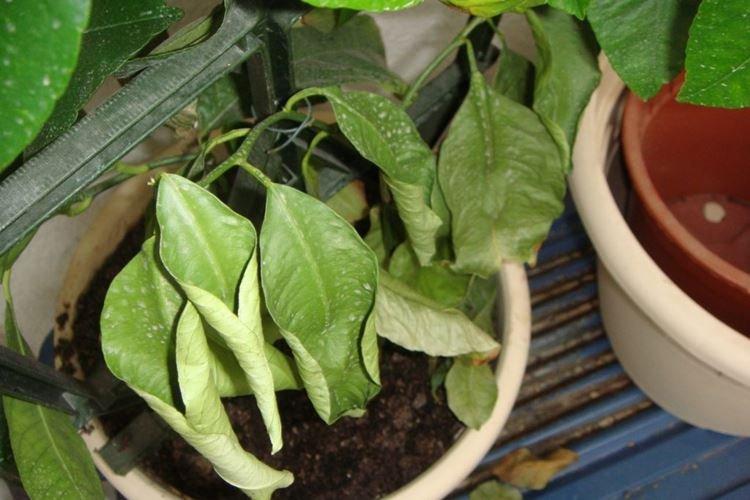
Draft and cold
If the pepper freezes or constantly stands in a draft, it can begin to deform completely. Therefore, be sure to monitor the temperature, do not leave seedlings in the aisle and directly under open windows.

Lack of fertilizers
Any garden crops require regular feeding, because they need a lot of strength to develop. We recommend fertilizing the peppers according to the schedule, and in between - focus on the condition of the seedlings.

Excess fertilizer
Most often this concerns an excess of nitrogen, which is found in large quantities in organic matter. Organic fertilizers only seem harmless, but even they can provoke a burn of the root system or imbalance of trace elements. With an excess of nitrogen, the lower leaves are too large and fleshy, and the upper ones wither and deform.
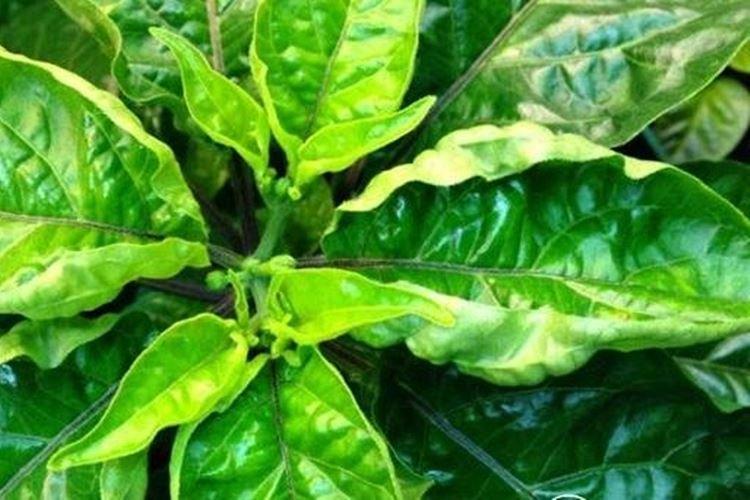
Cotyledon leaves
These are the first leaves that appear during seed germination. Most often they initially look strange, differ in shape and proportion. And it is they who may soon begin to twist and wither - but this is a natural process, because they have already completed their task.
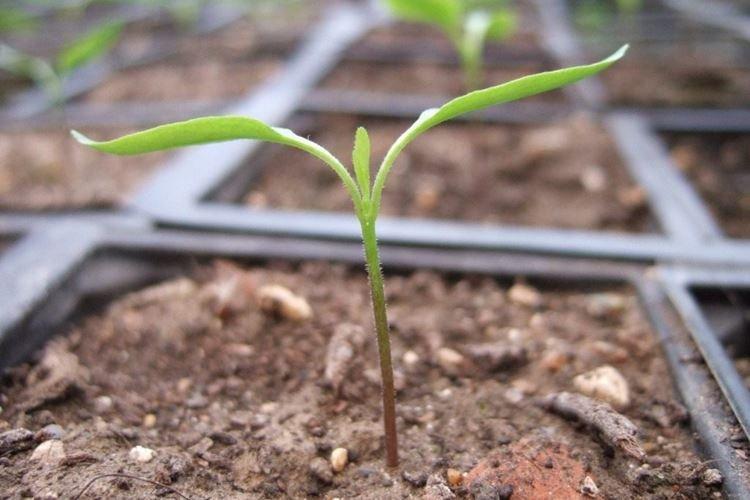
Fungus
Powdery mildew, rust and other fungal diseases sometimes cause the leaves to become deformed. But this is more of a secondary symptom, because first you will notice spots or plaque.

Top rot
This is not the only viral disease of pepper, but it is this that most often causes leaf curling. First of all, the young tops suffer, and later putrefactive foci appear on them.
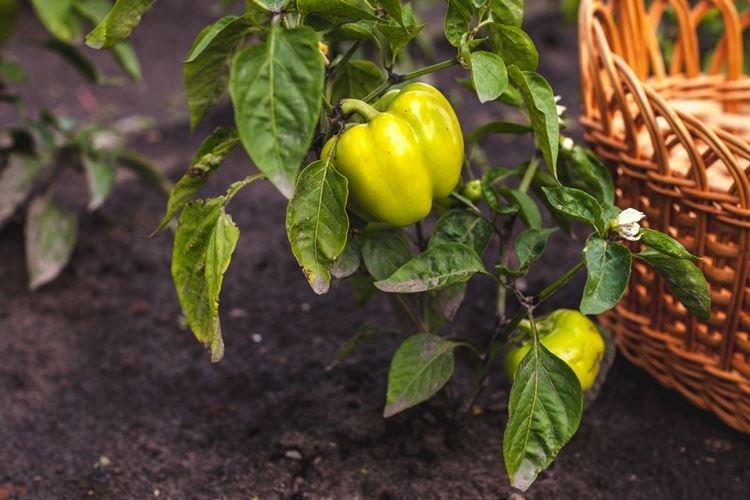
Pests
Leaves often curl up when aphids or spider mites have settled on the back.In this case, you can find small holes, yellow spots and whitish bloom.
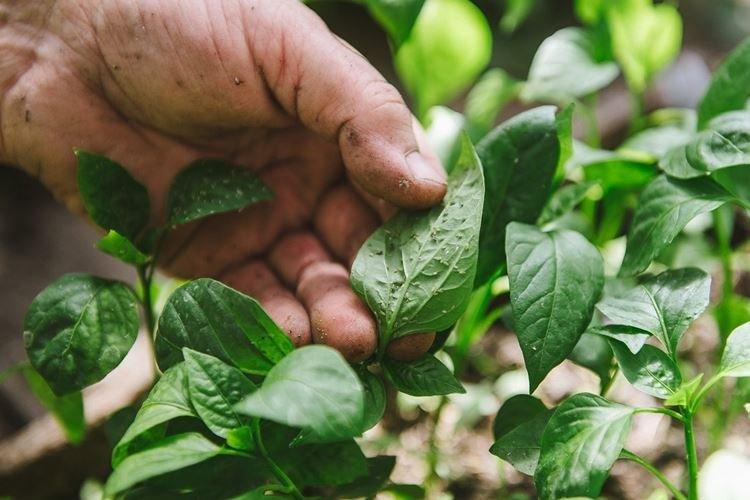
What to do?
If the problem is in the conditions of detention, they need to be corrected and compensated as soon as possible, and then the pepper will recover on its own. But in some cases, he will not cope without feeding or additional processing!
Treatment against diseases and pests
Fungicides in the form of spraying and additives to the soil help against fungal diseases. But if the problem is a viral disease, it will not be possible to save the plant, and you need to protect the rest of the seedlings from it as soon as possible.
If pests are found, seedlings must be processed as quickly as possible. Aphids and mites are capable of completely destroying young plants, and an adult pepper will then have to recover longer. And do not forget about the planned seasonal treatment, even if there are no pests yet.
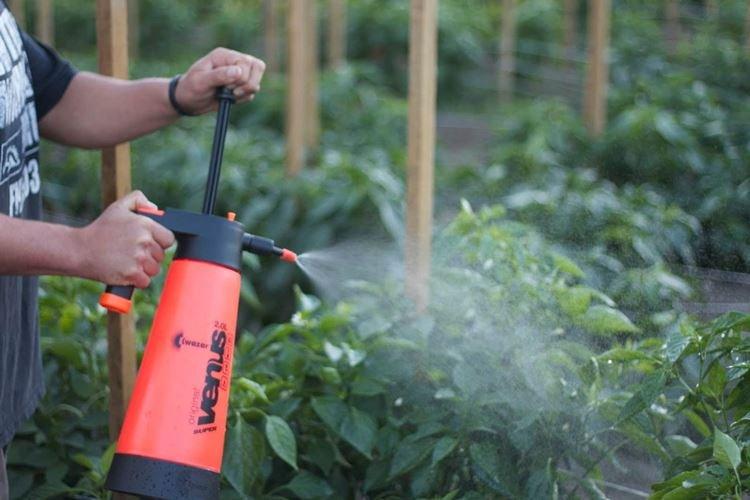
How to feed
Most often, pepper leaves suffer from a lack of nitrogen or potassium. Nitrogen is needed to build healthy foliage in general, and potassium affects immunity. But it is better to use complex fertilizers, because it almost certainly lacks other nutrients.


